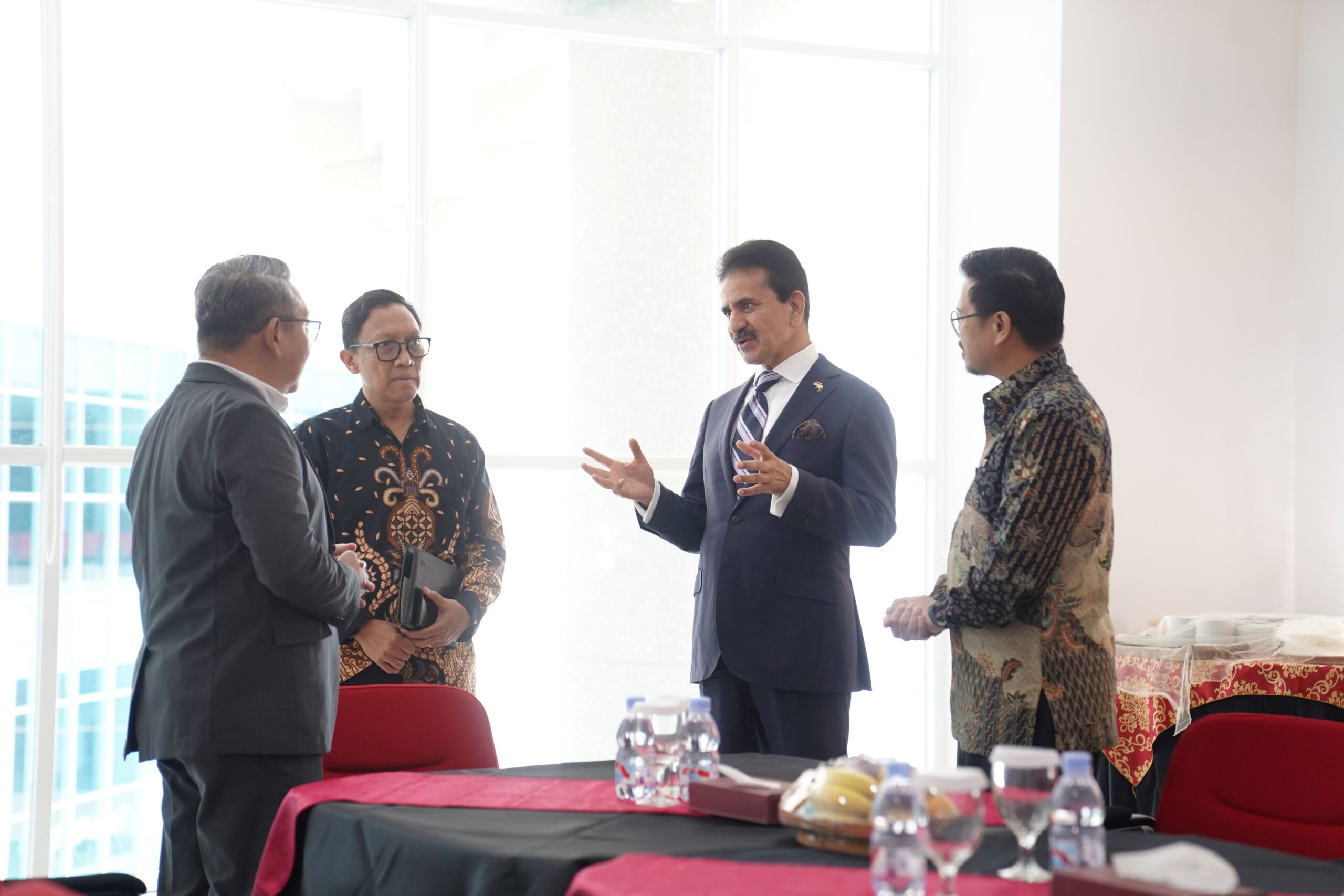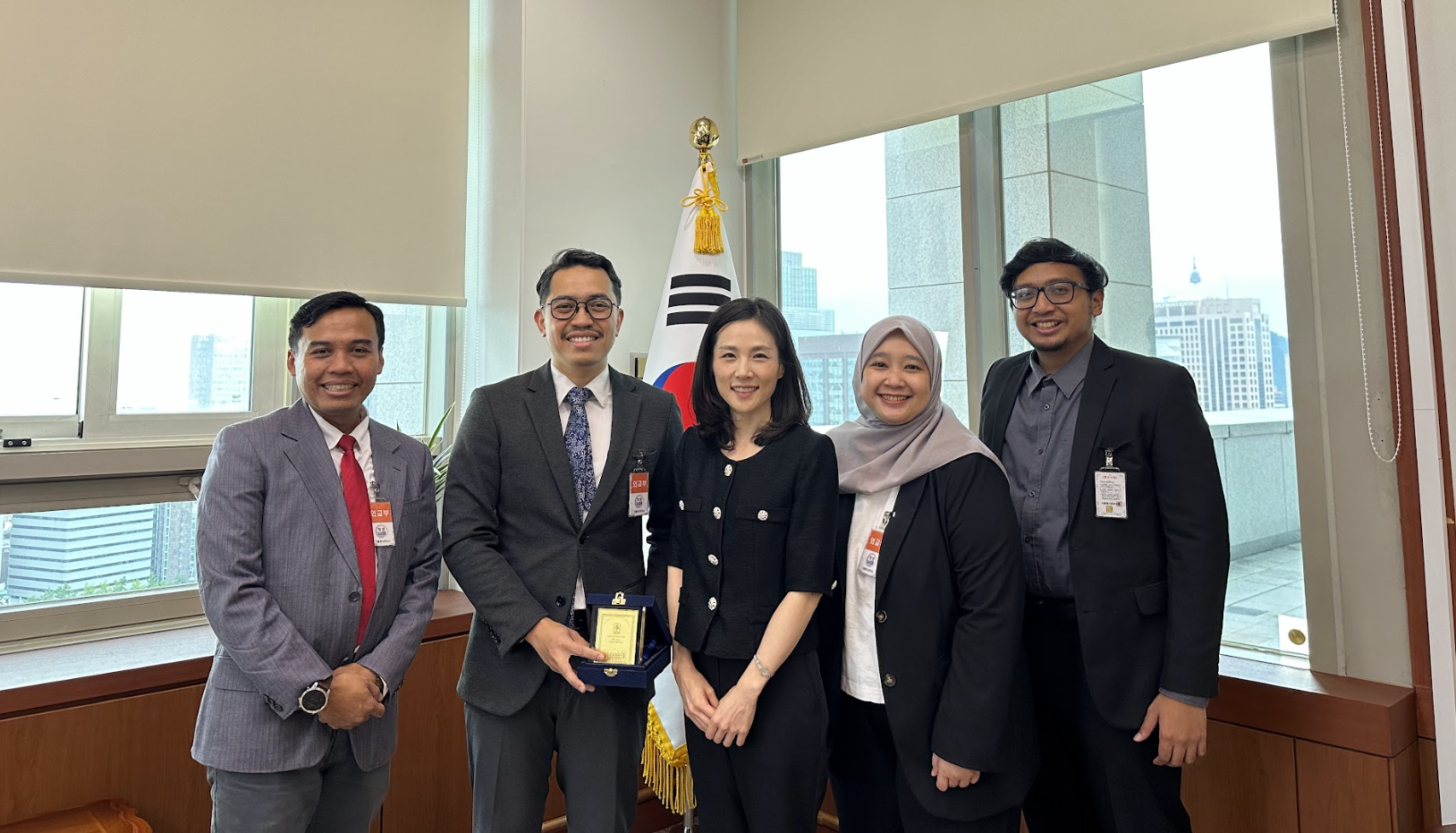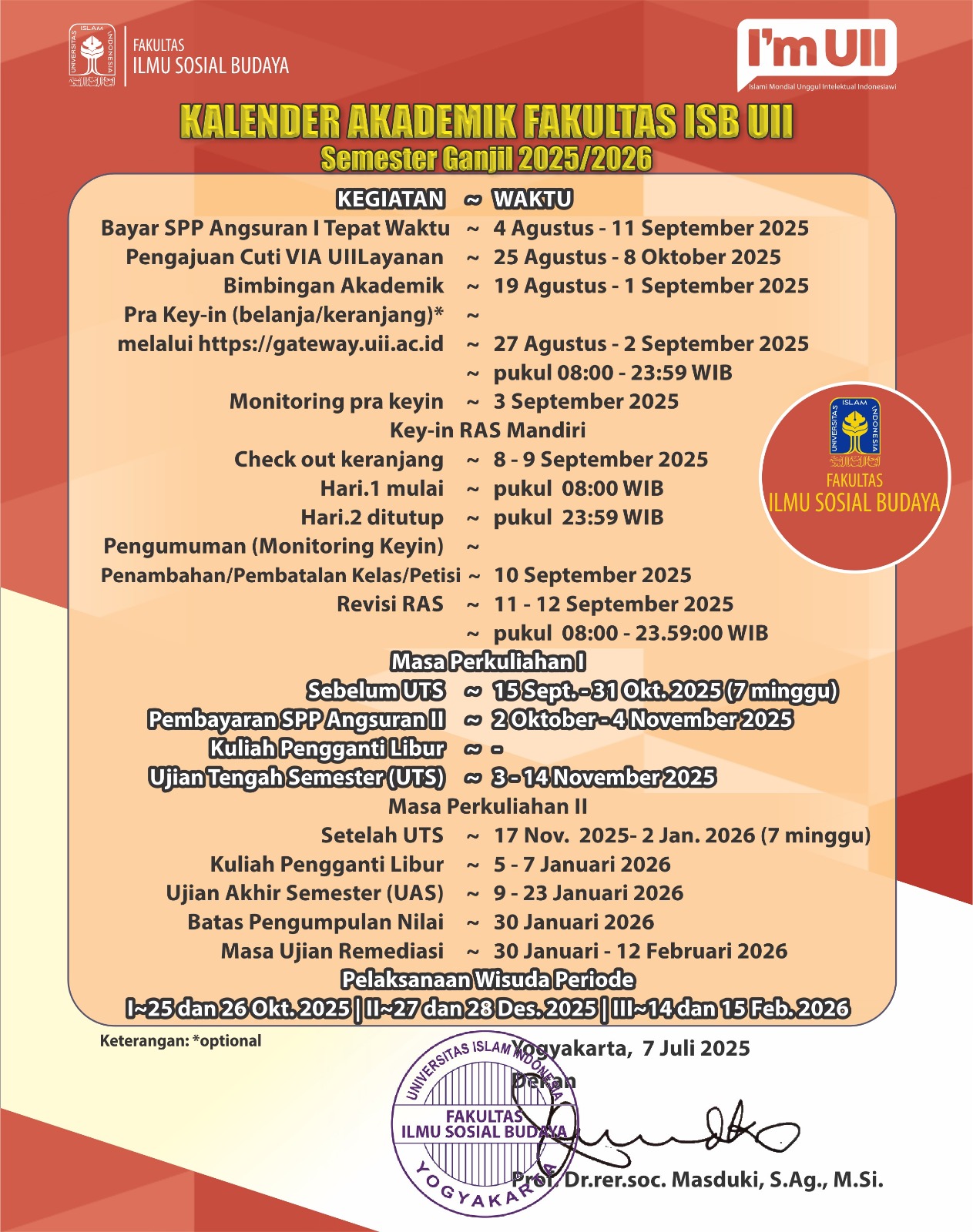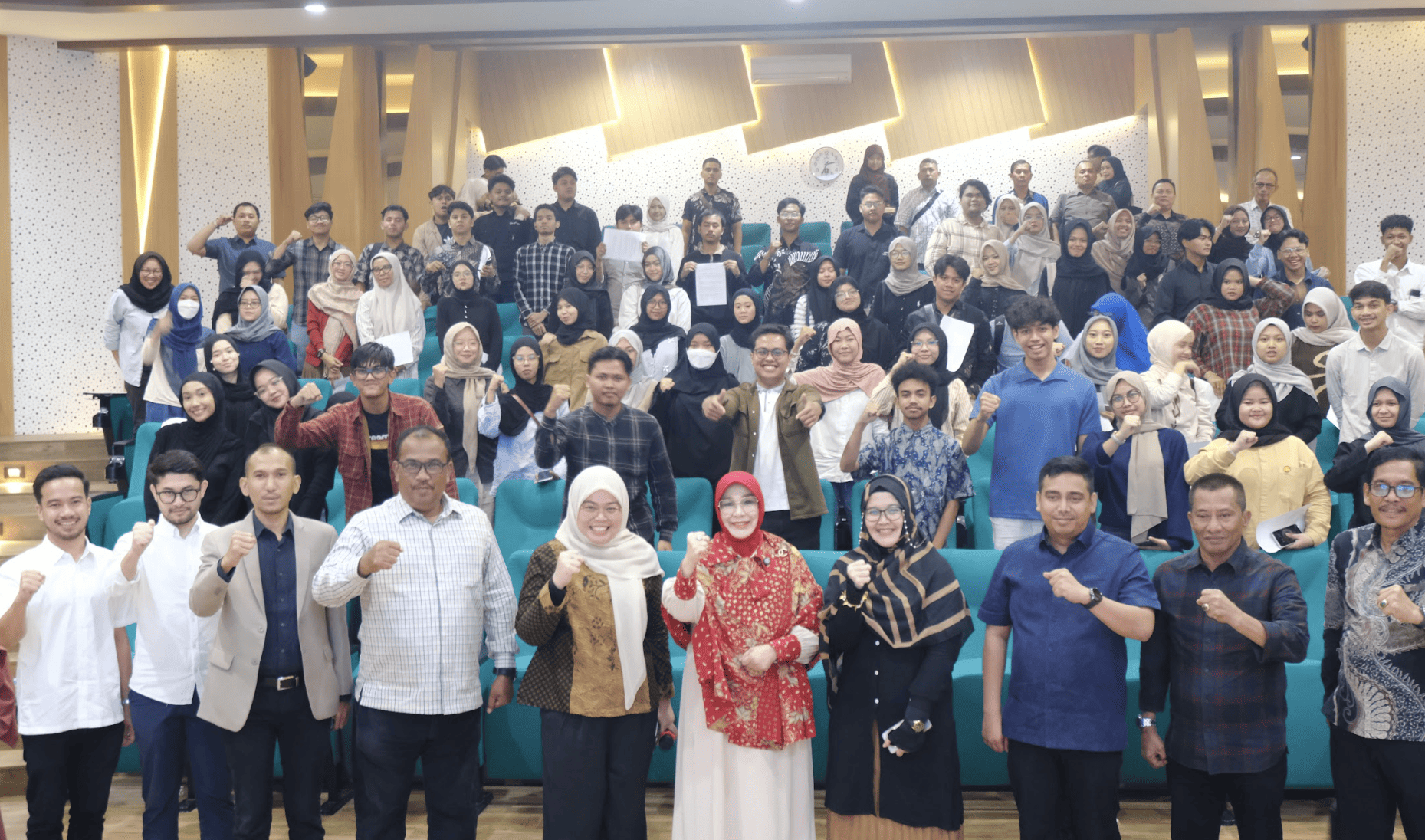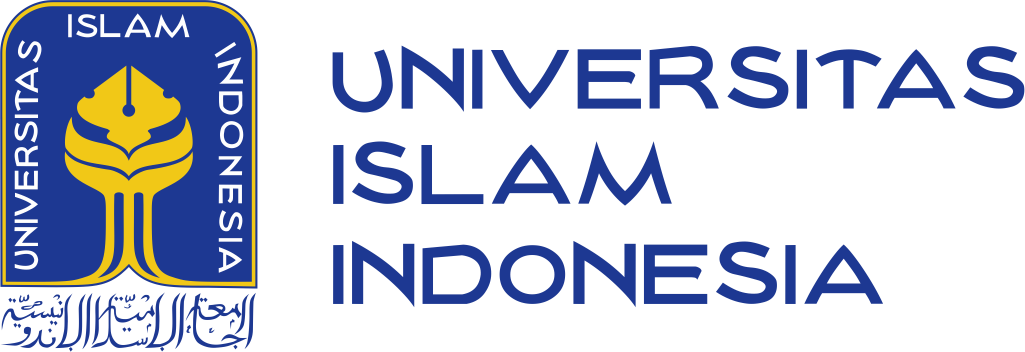Turkey’s Tourism Vision That Makes Tourists Enthusiastic
Written by Naura Faza Marhamah
The Global Mobility Initiative (GMI) program will be held on September 6–18, 2024. This program provides an opportunity for participants to gain valuable international experience through academic and cultural visits to Turkey. During the program, delegates will visit several leading educational and cultural institutions, including Kirikkale University, Ankara University of Social Sciences, Ankara APAM University, YTB Turkiye, and the Consulate General of the Republic of Indonesia in Istanbul. In addition, participants will also have the opportunity to explore the cultural heritage in Kirikkale, Ankara, and Istanbul.
In my personal view as a tourist, there are many unique things that can be taken as answers to the reasons why Turkey is visited by so many tourists. The first may be the location and the European style but the budget for spending while there is still affordable even arguably cheap. But there are other things that make tourists may be very impressed and want to visit again and again. That is the warm welcome of the local people there. People in Turkey really appreciate and entertain as much as possible the tourists who come. Their friendly and cool but polite attitude also makes tourists feel safe in other people’s countries. This may be the main point of tourists visiting.
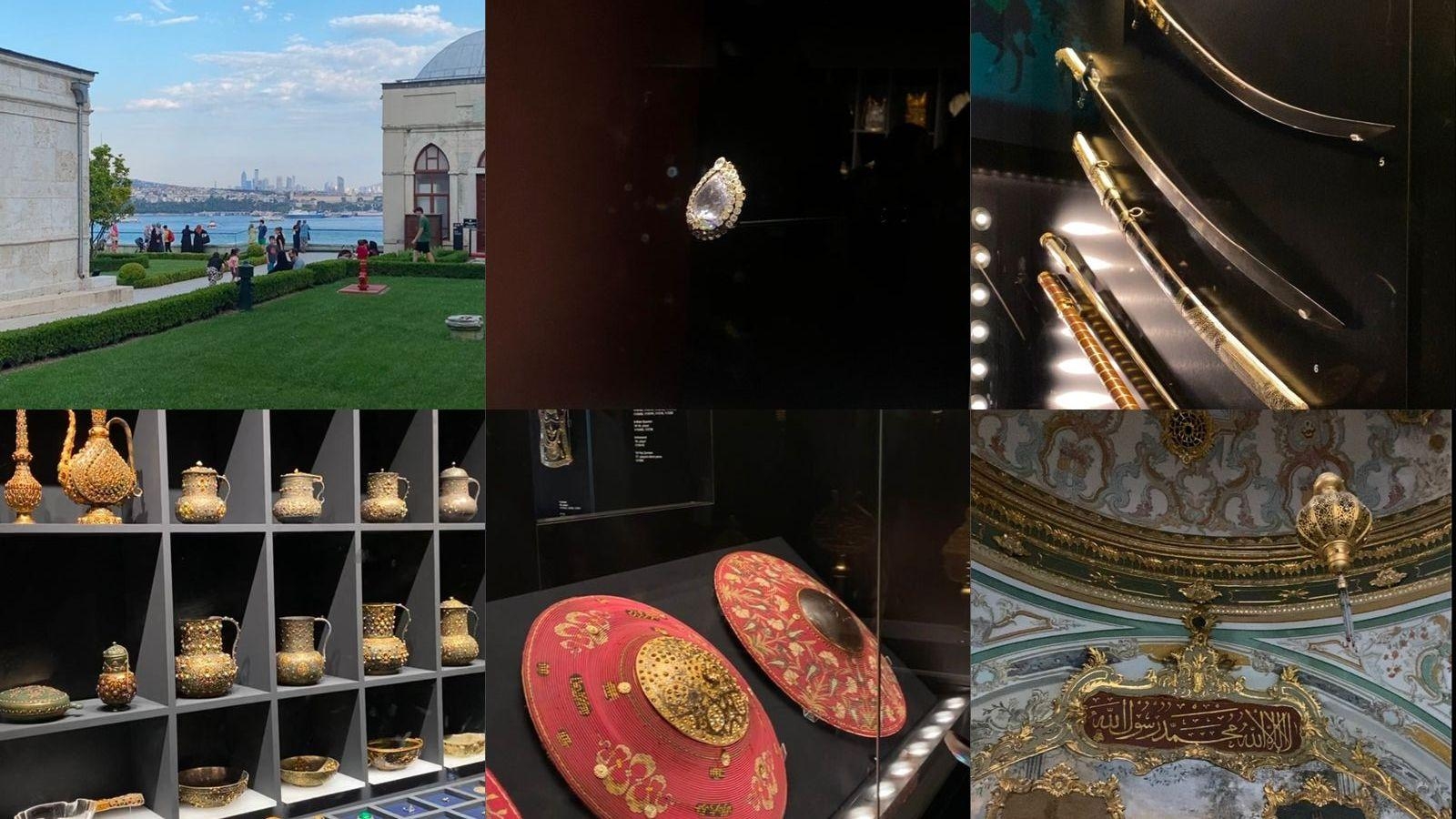
Picture 1. Topkapi Palace, Istanbul, Turkey.
But the existence of buildings, patterns and various other cultures makes tourists quite amazed when spoiling their eyes when seeing how history there was formed. Including the views of GMIT participants seeing how culture is used as a soft power in diplomacy. Like Topkapi Palace which is located in Istanbul. As a symbol of the power, splendor and cultural excellence of the Ottoman Empire. It shows how the political administration of the Ottoman dynasty used to be run.
Administering court laws, how to receive foreign delegations with a magnificent venue in his palace with magnificent architecture and elaborate decorations to impress foreign guests showed the strength and superiority of Ottoman culture. Diplomatic gifts also played an important role in Ottoman diplomacy, Topkapi was the repository and exhibition of lavish gifts from foreign countries with the aim of cementing political relations with other countries.
Islamic culture at Topkapi was not only a symbol of cultural power but also a tool of diplomacy. It became a center of art and culture that showcased the greatness of Ottoman culture. Qur’anic calligraphy, miniature art, handmade carpets, luxurious textiles, Iznik ceramics and various other artifacts given as souvenirs also demonstrated cultural power. These were given by leaders of other countries as a sign of respect and good relations.
This means that religious diplomacy was also very much at play in this diplomacy, the Ottoman Empire being known as one of the most multicultural empires in history. The policy of tolerance and diversity embraced by the sultans was reflected in Topkapı Palace, where the cultures and traditions of the various Ottoman-controlled regions were fused.
In diplomatic relations, this gave the Ottomans a unique advantage, being able to establish relations with different countries based on cultural similarities or tolerance of differences. In relations with other Muslim countries, religious symbols such as the Qur’ān, calligraphic art and Islamic architecture at Topkapı became tools to strengthen religious solidarity.

